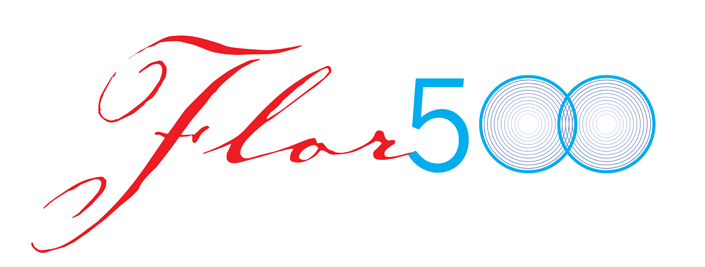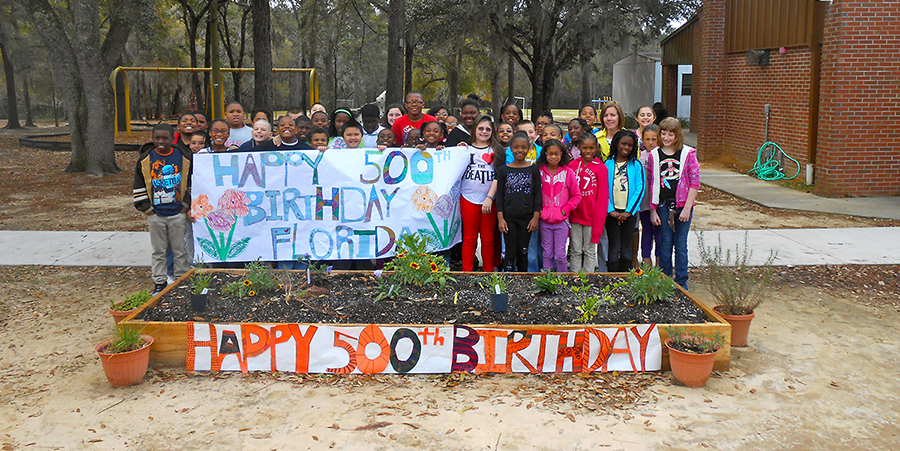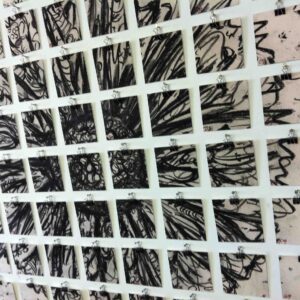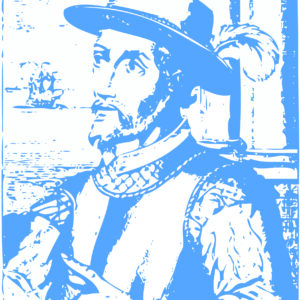

Flor500 is a participatory art project initiated by Miami artist Xavier Cortada to commemorate Florida’s quincentennial in 2013 and is also the precursor to the artist’s Flower Force project. The project aimed to commemorate Florida’s native flowers on the quincentennial of Juan Ponce de Leon’s arrival to the state in 1513. The flower was chosen as the focal iconography of the project for its historical significance in the naming of the state by Ponce de Leon, naming it “La Florida” after the Spanish word for flower – flor.
To accomplish a work of this scale, there required an ability from the artist to navigate through large institutions and systems to accomplish the project, an intention by the artist so to later use the overarching effort of Flor500 as a framework for others to follow in the creation of a viable social practice. While large in scope, Flor500 operates through communal involvement, the inception of the project requiring a variety of volunteers across multiple disciplines to carry out, from a team of scientists that selected five hundred specific wildflowers native to Florida to be used in the project, to five hundred different artists invited to depict a specific wildflower.
Historians were invited to develop a list of five hundred individuals that had a deep impact on the history of the state. The names of these important individuals were then used in naming wildflower gardens planted by individual FLOR500 participants as well as those organized through universities, schools and libraries across the state. Through its immense collaborative effort from the various communities and professionals involved, Flor500 fits into Cortada’s oeuvre naturally, the socially-engaged intent of this project being similar to that of his other projects like “Native Flags” and “Underwater HOA.” This can be seen not only within the collaborative effort required to undertake Flor500, but through the way participants interact with the project. Cortada asks his participants to approach Florida’s history and commemorate it by planting a native wildflower, an attempt at returning the natural environment back to its initial state as it was in 1513.
However, through this communal involvement Cortada sets out to impart a comprehension of the state’s history that is much older than Florida’s celebrated birthday. Florida’s history did not begin in 1513, it began much earlier. Cortada wants his audience to understand that Ponce de Leon’s arrival was important as it changed the course of everything within the state, whether positively or negatively. This presents Flor500 as a historical undertaking, the artist not only commemorating Florida’s history but prompting participants to literally grow their own history, adding to Florida’s already diverse natural landscape.
In no small way, the production and aftermath of Flor500 speaks to a greater and more educational opportunity for the future of the project. This is aided, intentionally, through the very processes that work to produce an effort such as this, the documentation of Flor500 not only acting as a preservation of the work itself, but a framework for future social engagement.


